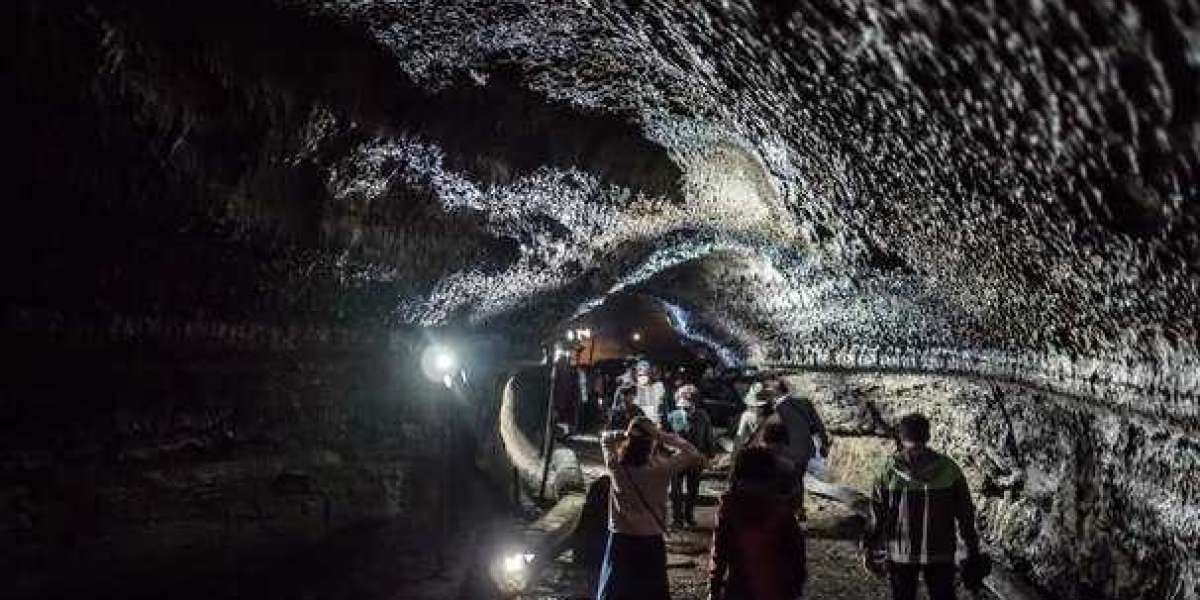Introduction
Underground mining is a complex and specialized process that involves extracting valuable minerals and resources from beneath the Earth's surface. It requires careful planning, the use of advanced techniques, specialized equipment, and a deep understanding of geological conditions. In this comprehensive guide, we will explore various underground mining techniques employed in the industry, shedding light on their processes, benefits, and applications.
Cut-and-Fill Mining
Cut-and-fill mining is a versatile underground mining technique used primarily for extracting ore bodies that are irregular in shape or have varying grades. In this method, horizontal tunnels, or drifts, are excavated into the ore body. The ore is then extracted in horizontal slices, and the resulting void is filled with waste material, such as sand or cemented tailings. This filling process provides stability to the surrounding rock and allows for the extraction of ore from multiple levels.
Room and Pillar Mining
Room and pillar mining is a widely used technique for extracting coal, salt, and other minerals that occur in horizontal seams or beds. It involves the creation of a network of parallel tunnels, known as rooms, separated by pillars of solid rock or coal. The rooms are excavated using mining equipment, leaving behind the pillars for support. This method provides a stable working environment, allows for selective extraction, and minimizes subsidence, making it suitable for mining in areas with shallow deposits.
Longwall Mining
Longwall mining is a highly productive technique used for extracting coal and some minerals that occur in extensive horizontal seams. It involves the use of a shearing machine known as a longwall miner, which moves along the coal face, cutting the coal from the seam in a continuous process. As the longwall miner advances, hydraulic supports called shields are installed to prevent roof collapses. The extracted coal is transported to the surface via conveyor belts, while the roof gradually collapses behind the mining equipment.
Block Caving
Block caving is a method employed for large-scale underground mining of low-grade ore bodies, particularly for copper and gold deposits. It involves the progressive collapse of an ore body under its weight, with the ore breaking into smaller fragments and gravity causing it to flow into extraction levels. The fragmented ore is then collected through underground drawpoints and transported to the surface for processing. Block caving is a cost-effective technique that maximizes resource recovery but requires careful planning and monitoring.
Sublevel Caving
Sublevel caving is a bulk underground mining method typically used for extracting massive, low-grade ore bodies, such as iron ore and copper. It involves the creation of a series of horizontal tunnels, or sublevels, within the ore body. The ore is then blasted and allowed to collapse under its weight, forming a collection point at the bottom of the sublevels. From there, it is transported to the surface for processing. Sublevel caving is a highly efficient method that minimizes the need for manual handling and reduces the risk of ore dilution.
Conclusion
Underground mining techniques are diverse and tailored to the specific characteristics of the deposit being extracted. The methods discussed in this comprehensive guide, including cut-and-fill mining, room and pillar mining, longwall mining, block caving, and sublevel caving, showcase the range of approaches used to extract valuable minerals and resources from beneath the Earth's surface. Each technique has its advantages and considerations, and mining engineers carefully select and adapt these methods to optimize efficiency, safety, and resource recovery in underground mining operations.




